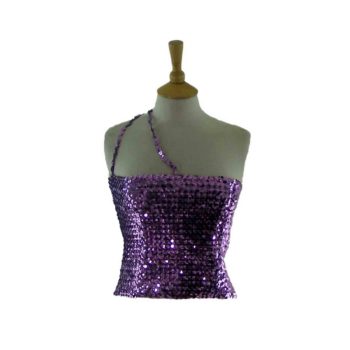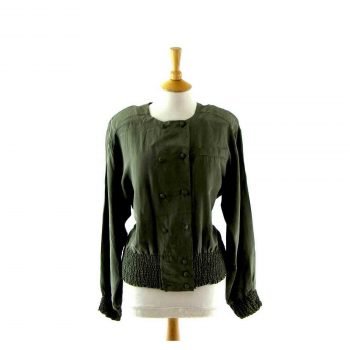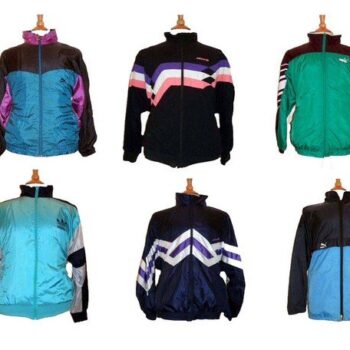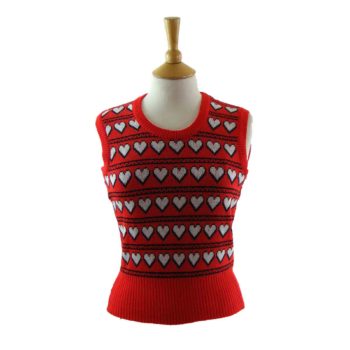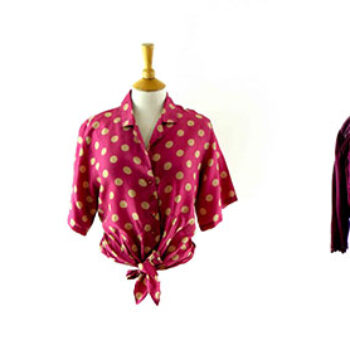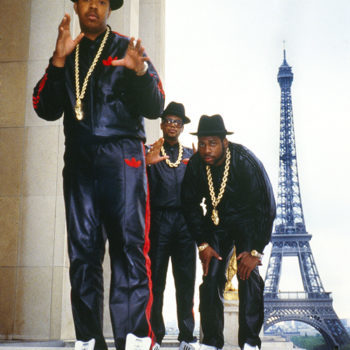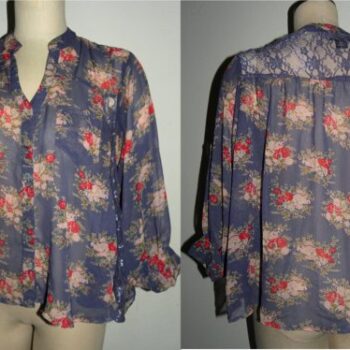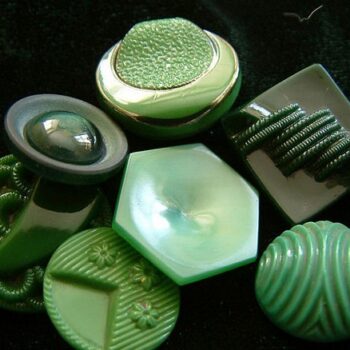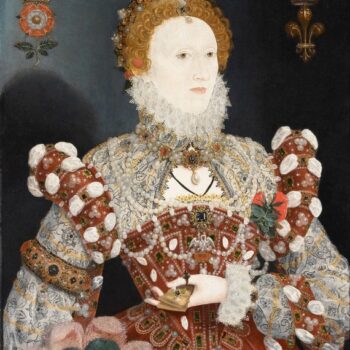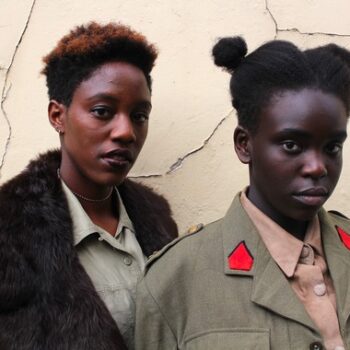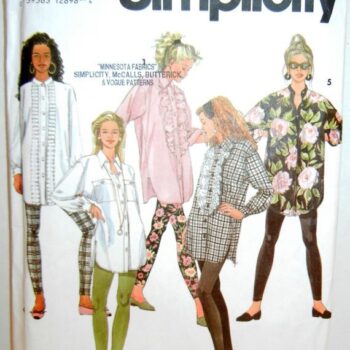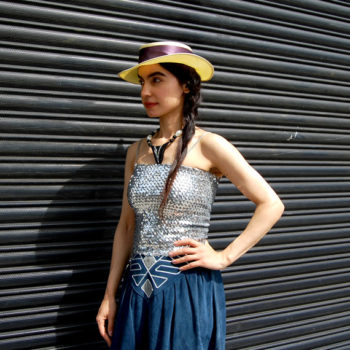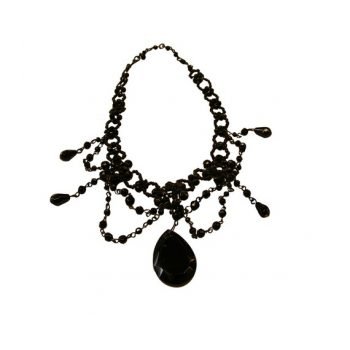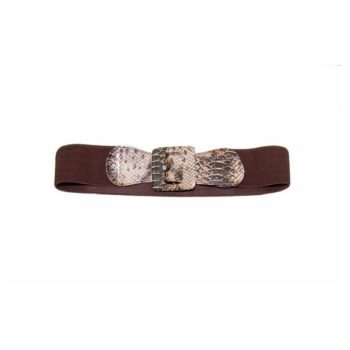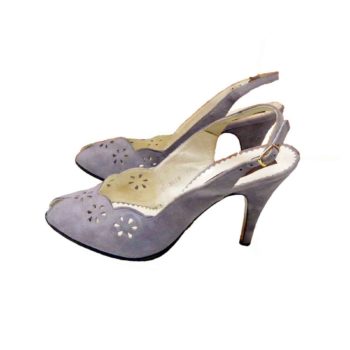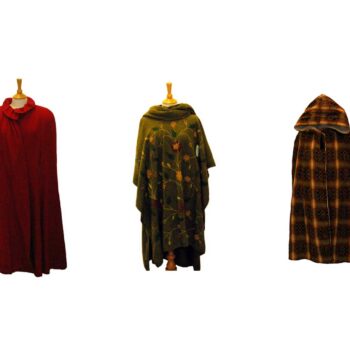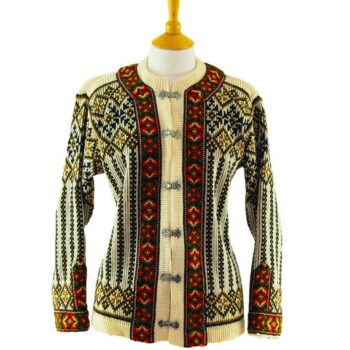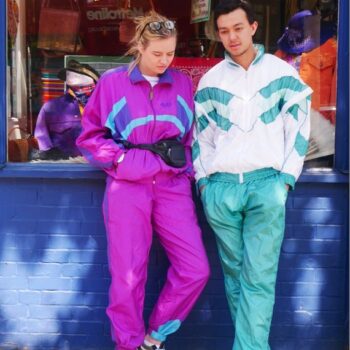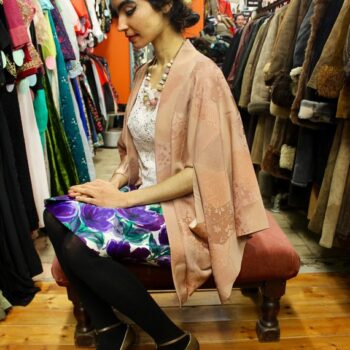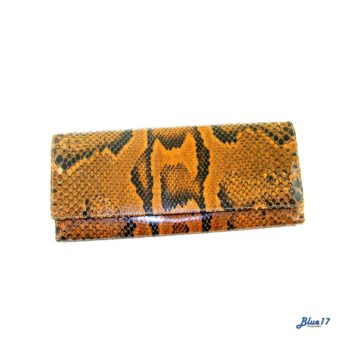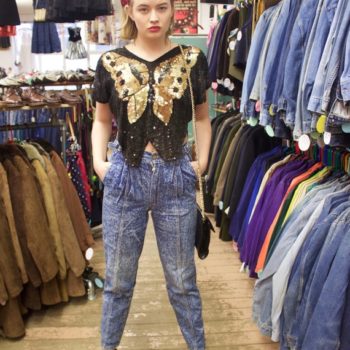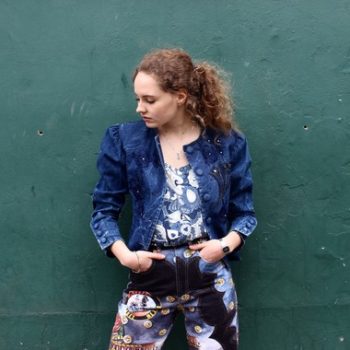Sequined vintage tops
April 3, 2015Who doesn’t love Sequined vintage tops and a bit of sparkle? Ok, well, maybe minimalists and people who like linen draw string trousers. But the rest of the world does!
If I spot just a teeny flash of holographic sequined shoes on an otherwise soberly business suited woman, my day is made. A vintage sequined top is for when you’re feeling all out glamorous and don’t just want a teeny glimmer of sparkle but a whole disco ball of flash!
Vintage Women’s sequined tops
The history of sequins
But the wearing of sequins doesn’t all just go back to the Disco era. Womens sequined vintage tops go back much further than that!
In fact, King Tutankhamun (1341 B.C.-1323 B.C.) had tiny gold sequins sewn to the clothes he was dressed in for his tomb – so as to be prepared for the afterlife in style. Actually, these discs were real gold, and it’s probably more about having a bit of cash on you in case he fancied some shopping therapy once he’d got past the ordeal of having his soul judged and everything.
Money and Sequined vintage tops
In fact, it’s quite historically common to sew gold or coins to your clothes.The Bible mentions this in the Parable of the Lost Coin (Luke 15:8-10) – “Or suppose a woman has ten silver coins and loses one.
Doesn’t she light a lamp, sweep the house and search carefully until she finds it? And when she finds it, she calls her friends and neighbors together and says, ‘Rejoice with me; I have found my lost coin.”
The coin is not just any old silver coin. It is sewn to her headdress, over her forehead. It would have been her dowry, and she would have been in very dire straits to ever part with one, even to spend it. So just losing it would be very bad luck indeed, thus the rejoicing when she finds it.
But generally, whatever part of the world you were from or time period, your coins didn’t just fall off, so it was both a good way to show your wealth and make sure no-one stole it. After all, it’s slightly more difficult to sit unpicking someone’s seams when they sleep than to just nick their purse. The flashing of the metal also helped to ward off evil spirits.
Sequined vintage tops – The word sequin
The journey from the word “coin” to “sequin” comes via Arabic (“sikka” means “coin”) and 13th Century Italian (“zecchino”). Variations of these words have been used throughout Europe and the Middle East since.
The vogue for sequined vintage tops began in 20th Century after the discovery of King Tutankhamun’s tomb in the 1920’s.
Egyptomania was huge, and flappers had their dresses decorated with hundreds of sequins in tribute. These probably weren’t very often real gold, but they were made from metal back then, which gave the dresses an incredible heaviness and a proper shimmer and sway.
Sequined vintage tops – The development of sequins
In the 1930s, gelatine discs electroplated with metal made for lighter sequins, in all different colours. They were not too practical though – they wilted in the heat, became sticky, or melted away entirely if the dress got damp – for example, from a clammy embrace. A sticky dress – not so glamorous.
Sequins developed through acetate, which was already used for film stock, (it was shiny but brittle) to the invention of Mylar, a more flexible (and non melting) in the 50s.
Sequined vintage tops have never really fallen out of fashion since that first moment, and now they are added to everything from t shirts to cowboy boots – but who knew that their history stretched back so far?



